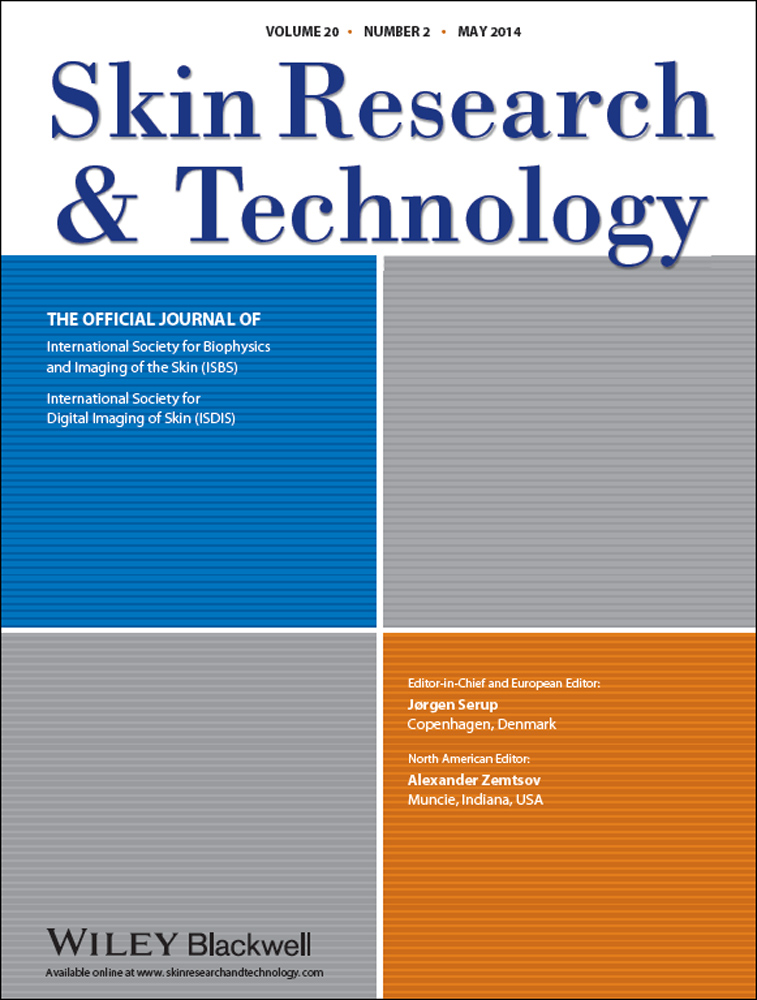Mechanical properties of human skin in vivo: a comparative evaluation in 300 men and women
Abstract
Background
Previous studies have shown that the clinical genesis and onset of facial wrinkles as well as the morphology of the extracellular matrix differ between the sexes. The aim of this present clinical study was to do the first systematic assessment of gender-related differences in skin elasticity, with special focus on age-related changes.
Material and Methods
300 healthy male and female subjects (20–74 years) were selected following strict criteria including age, sun behavior or smoking habits. Skin mechanical properties were assessed at the cheek, neck, volar forearm and dorsum of the hand using a non-invasive suction device.
Results
Data analysis shows a significant negative correlation for all parameters and subject's age. At young age results of the relative parameters are higher for women, whereas absolute parameters are higher for men. Parameters referring to the recovery phase change stronger with aging.
Discussion
The present study verifies the progressive decline of the skin mechanical properties with aging. However, the elastic ability of the skin to recover after stretching is more strongly affected by the aging process than the firmness of the skin. Further, the mechanical properties change differently in men and woman over lifetime.




